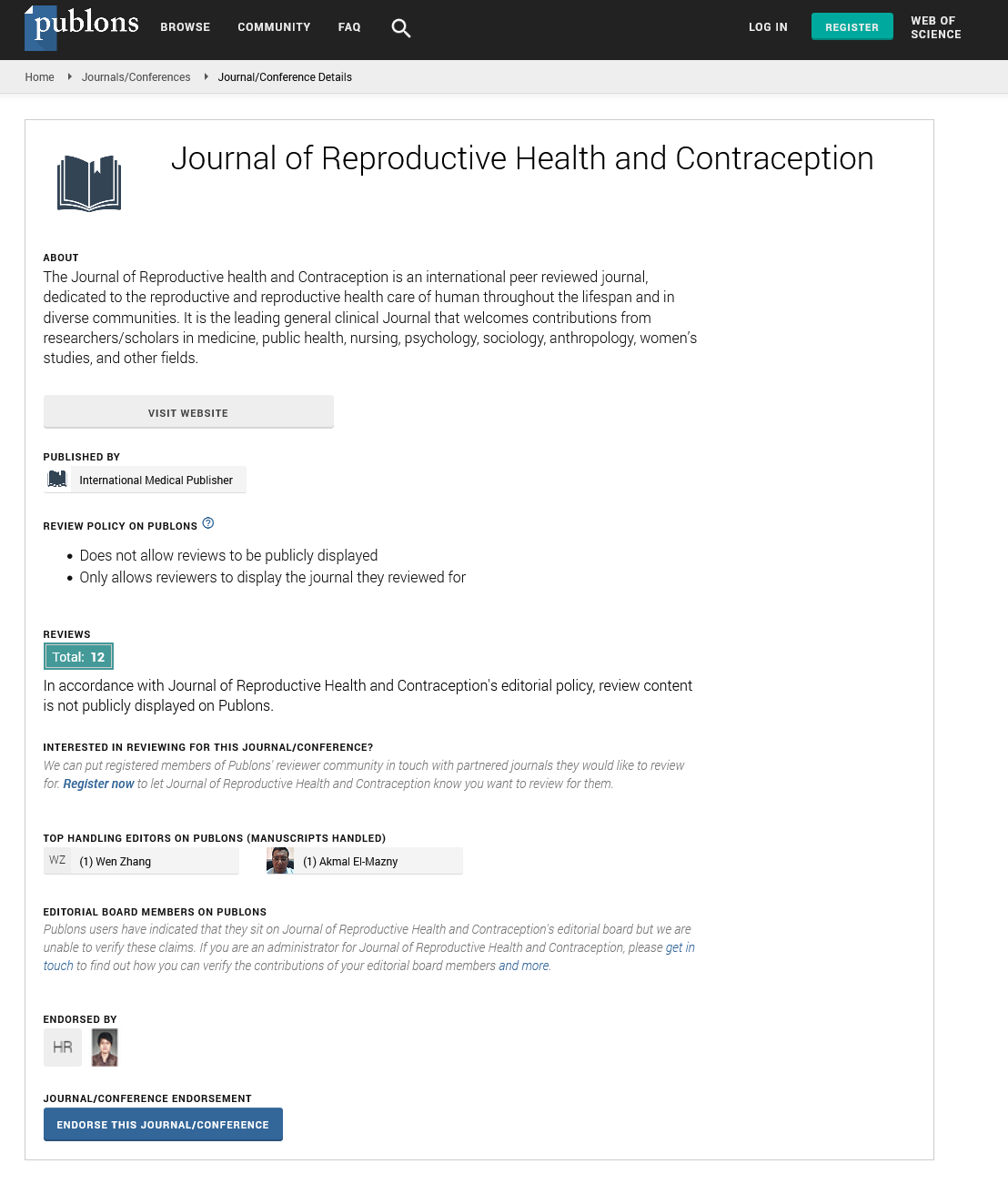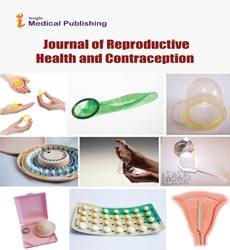Abstract
Diagnostic Studies, Complications and Treatment Results in Children with Cholelithiasis
Objectives: The aim of this present study is to evaluate the characteristics of the child patients with cholelithiasis, underlying predisposing factors, complications, and the responses to ursodeoxycholic acid (UDCA) treatment.
Patients and Methods: 68 child patients applied to the pediatric gastroenterology clinic due to cholelithiasis were examined for approximately 2, 5 years. The data about the patients were collected from the outpatient file records retrospectively average values of the groups were compared using T-test.
Results: The average age of the patients was 7.5 ± 5 years (range: 1 month - 18 years), and 54.4% were male. The most common initial complaints of patients were abdominal pain (58.8%). 8.8% of patients had used ceftriaxone. Hemolytic disease was found in 1 patient (1.5%). A family history existed in 4.4% of the patients. In ultrasonography, hyperechoic image in gallbladder was evaluated as calculus in 82.4% of patients and as sludge in 17.6% of patients. The stone size was measured 6.9 ± 3.6 mm (range 3-15 mm) in average. 2.9% of patients had cholecystitis, 1.5% had acute pancreatitis and 1.5% had chronic pancreatitis. With magnetic resonance cholangiopancreatography, choledochal cyst was detected in 2 patients, pancreas divisium in 1 patient, and duodenal duplication cyst in 1 patient. Ursodeoxycholic acid was started for all patients and continued for an average of 3.7 ± 3.4 months. It was observed that hyperechoic image disappeared in 34.1%, and did not improve in 65.9% of the 44 followed patients. 57.1% of the recovered patients were of those evaluated as sludge. Blood leucocyte and platelet counts of the patients with improved cholelithiasis, in the first application were significantly higher than those unimproved (p < 0.05). One of the patients was operated due to cholecystectomy and another due to duodenal duplication cyst.
Conclusions: Cholelithiasis began to be frequently identified in children. With the diagnosis cholelithiasis, an underlying hemolytic disease can be diagnosed or anatomical defect associated with biliary tract can be detected. Although treatment success with UDCA at various rates has been reported, it is a safe, easy and inexpensive treatment option in children.
Author(s):
Nesrin C, Kaan D, Ayhan D, Saadet D and Nihat D
Abstract | Full-Text | PDF
Share this

Google scholar citation report
Citations : 201
Journal of Reproductive Health and Contraception received 201 citations as per google scholar report
Journal of Reproductive Health and Contraception peer review process verified at publons
Abstracted/Indexed in
- Google Scholar
- China National Knowledge Infrastructure (CNKI)
- WorldCat
- Publons
Open Access Journals
- Aquaculture & Veterinary Science
- Chemistry & Chemical Sciences
- Clinical Sciences
- Engineering
- General Science
- Genetics & Molecular Biology
- Health Care & Nursing
- Immunology & Microbiology
- Materials Science
- Mathematics & Physics
- Medical Sciences
- Neurology & Psychiatry
- Oncology & Cancer Science
- Pharmaceutical Sciences


